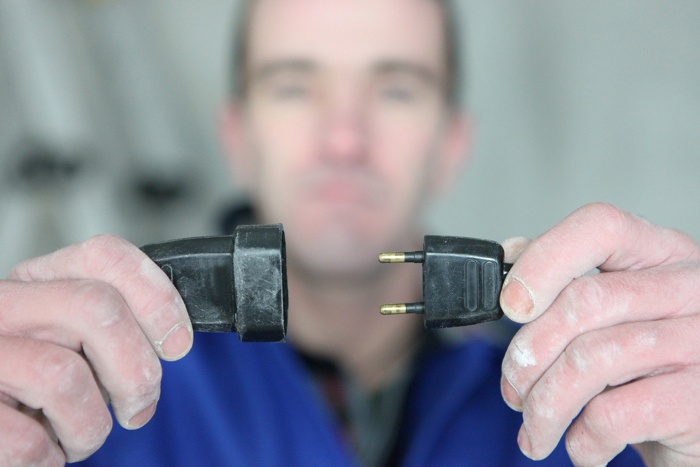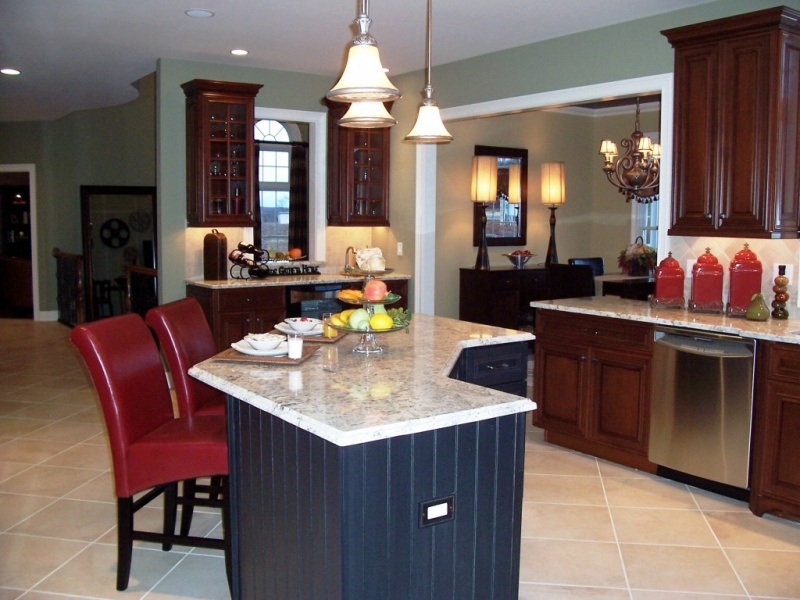There is no denying that when it comes to home building or home renovation mysteries, electrical is pretty close to the top of the list. Even if you cannot change or repair your home electrical yourself, it would still be nice if you could understand what your electrical contractor or homebuilder means when they talk about it.
Which is exactly why we decided to put together this list of common home electrical terms, so you can be better informed about the wiring and power in your home:
110, 120 or 220 Volts
These numbers refer to the nominal voltage used by lights and appliances. In most cases, in most homes, appliances will use 110 or 120.
Appliance
An appliance is any item that requires power that is not lighting or part of the electrical circuit of the home, for example a refrigerator, stove, microwave or fax machine.
Arcing
Arcing is when current passes through air, with no wire. Usually dangerous and undesirable.
Breaker
Breakers are switches that automatically disconnects power to the circuit when current or heat is too high for too long.
Circuit
A circuit is the path that current travels between points of differing voltage. In other words, it is the loop that the current makes through your home as it travels down the wires.
Current
Current is the flow of electrons in a conductor or wire. It is measured in amps, and this is the power that flows through your home, powering your devices and fixtures.
Dimmer
A dimmer is a type of switch also known as a rheostat that alters lighting by altering voltage flow. Instead of on and off only, it is a switch with variable settings.
Fixture
Fixture is another name for a light fitting, also known in electrical terms as a luminaire.
Ground
Grounding is literally when an electrical system is connected to earth, intentionally or unintentionally. It is essential that all of the electrical in your home be properly grounded to ensure safety.
Hot
Hot is another word for live, as in a wire or conductor that has current passing through it.
Outlet
Is the box or receptacle where you can plug a light or an appliance into the electrical system in your home.
Overload
Electrical is overloaded when it has carried too much current for too long. Wires will get hot, and as long as your panel is working correctly, breakers will ‘trip’ the system.
Panel
An electrical panel in your home is the ‘breaker box’ or ‘fuse box’ in older homes. It is the central place where all of the breakers are installed, and where all the circuits in your home electrical start.
Short
A short or short circuit is anywhere where the current in your circuit does not follow the intended path. This can be dangerous or just annoying as appliances do not work properly, but it is always a reason to call an electrical contractor.
Switch
Switches turn power on and off by opening or closing the circuit, either breaking the flow of current, or allowing it through.
Wire
Wire is the flexible metal used to carry current around your home. They need to be free from corrosion and well insulated, and sometimes, in older homes, they do need to be replaced.
Of course, there are many other electrical terms that describe and explain home electricity, but those are the basics, and should help you to understand what your contractors are saying enough to make a reasonably informed decision.



-2.jpg)












Leave a Comment